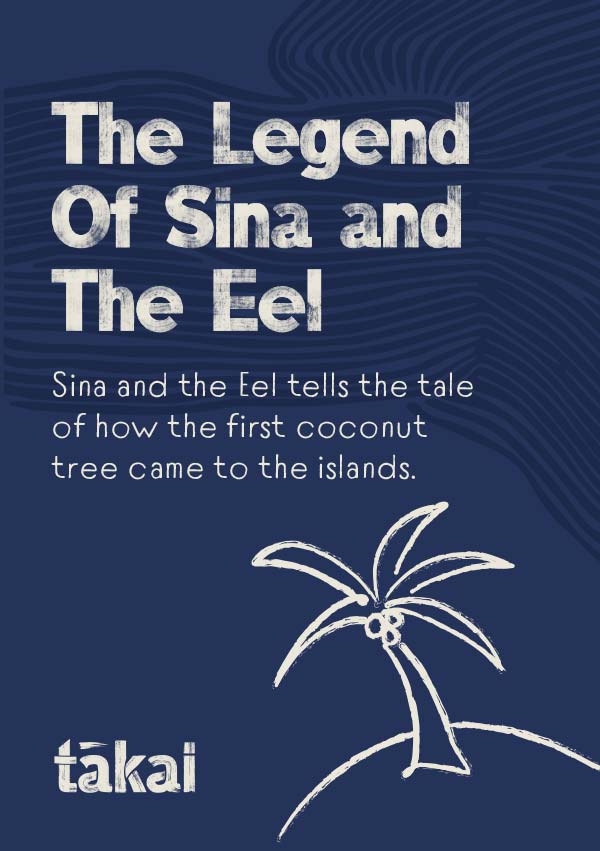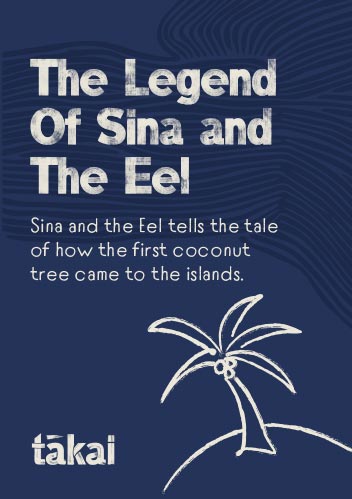
The legend of Sina and the Eel
The myth of Sina and the Eel is a great way to help strengthen cultural identity for tamaiti as they learn about the rich and distinctive history of Samoa.
Legends, passed down through generations, are a great way for tamariki to build their cultural identity. Through sharing these stories, tamariki can begin to understand their relationship to everything in the world including animals, plants, stars, the moon, places and human beings.
Sina and the Eel is an awesome resource for helping tamariki make sense of their world, for example it talks about fresh spring pool Mata o le Alelo in the small village of Matavai, Safune. The pool is named after the words that Sina said to the eel in the story. It also connects to the island of Savaii where Sina came from.
Sharing the story
When reading the book, guiding questions can help support tamariki in a making a personal and meaningful connection with the characters in the story.
For example, at the beginning we're introduced to the old Tui Fiti (King of Fiji). His mana allows him to transform into an eel so that he can travel between islands to declare his love to Sina.
Ask tamaiti:
- What do we know about kings?
- Have you seen an eel before?
Making the legend come alive
Other ways to make the legend come alive and engage the imagination of tamaiti include:
- Acting out the story using big hand gestures, and tamaiti can be encouraged to join in the fun. For example, you might choose to mimic the swimming of an eel through the water, or stand up tall, arms outstretched like a big coconut tree, waving and bending in the wind.
- Thinking about how real-world experiences can provide a link back to the story where possible. For example, a trip to the beach provides an excellent opportunity to talk about the ocean and about how the eel swam between islands (Fiji and Samoa). Fresh water pools provide another space to talk about the eel.
- Where accessible, a coconut provides an excellent opportunity for tamaiti to explore. Notice the two eyes and a mouth (face of the eel). Tamariki explore the world through their senses, so being able to touch the surface and even drink the coconut water are great ways to help develop their cultural identity.
- For older tamariki, ask them to draw a coconut face, then spend time colouring it in. You can link back to the story by talking about how the three marks closely resemble the face of an eel.














